In recent years there has been an increase in the use of combination fungicides. With the launch of Clean Sweep Trio from Indigo Specialty, we think it is time to put some information together on turf combination fungicides. Many of these are excellent brown patch fungicides and there is a s trong case to be made that these are the best fungicides for lawns. The free Guide to Turf Pesticides has more information about specific diseases these control.
Turf combination fungicides include more than a single active ingredient and offer a number of benefits over straight fungicides. Their registration often allows for their use in the home garden for turf disease control. The key ones are:
- An increase in the spectrum of disease control; these control a lot of common turf diseases and are excellent brown patch fungicides;
- They often contain completely new fungicide active ingredients for the Australian turf market. This is the case with Lexicon Intrinsic and Clean Sweep Trio ;
- After applying they give longevities of up to 28 days;
- They are very convenient to use. You handle one product rather than up to 4;
- There is less chance of resistance occurring and finally
- Some of these can be legally used by home lawn owners.
- Still be aware of issues with thatch build-up that can occur with some actives.
To help with disease identification, here is a chart showing turf fungal diseases. This Gilba blog may also be useful as it discusses approaches to managing turf diseases.
An increase in disease control using turf combination fungicides.
The increase in the effectiveness of a fungicide treatment is one of the major advantages of combination fungicides. To put it simply two or more active ingredients are more likely to kill the target pathogen than if you use them individually. That’s a key reason why these are such good brown patch fungicides.
Once you apply these to turf, the fungicide is subjected to a number of forces that will remove or degrade the active ingredient. Rainfall, irrigation and mowing remove only a small amount of fungicide.
Instead, soil microbes that inhabit thatch and leaf surfaces degrade them. These microbes attack turf chemicals and break them down into products they can use for their own nutrition and growth. Even chemicals that work by penetrating the leaf surface (aka systemic) aren’t safe from attack. Turf responds to these by dispatching enzymes that neutralise these substances.
Completely new fungicide actives for Australia.
Turf combination fungicides such as Indigo Clean Sweep Trio and Enclave (Adama) contain thiophanate-methyl. This is a new active in turf disease control that also delivers strong curative & preventative performance. It is also an excellent brown patch fungicide and so one of the best fungicides for lawns.
Thiophanate-methyl is absorbed by the roots and leaves of turf and is a member of the benzimidazole group of fungicides. It is classified as being in FRAC Group 1 as it is a tubulin inhibitor fungicide. Its Mode of Action is the inhibition of microtubule assembly. Presentation on Clean Sweep Trio.
Longevities of up to 28 days after application using Turf combination fungicides.
All of these products give from 14-28 days control against a wide range of turf diseases.
Convenience of handling one product rather than up to 4.
By treating several diseases at once, these solutions reduce application time. Since prepackaged goods are compatible, they also reduce some of the uncertainty related to fungicide compatibility.
A reduced likelihood of disease resistance occurring when using turf combination fungicides
Since each product is a combination of at least two groups, you might be able to reduce the need to rotate between mode-of-action groups. Our guide to fungicide chemical groups helps explain this in more detail.
Using a pre-mix gives you the peace of mind that the fungicides are chemically compatible with one another. In fact, the active ingredients can sometimes be useful against the same disease. The development of most turf combination products seems to have been in order to increase the activity spectrum of a single fungicide. This is another reason why these are the best fungicides for lawns.
But what about DIY mixtures?
Yes, creating your own mixtures may be useful in managing resistance, but you increase your chances of causing turf damage. Besides this, some actives, for example, thiophanate-methyl are only available with a turf registration in these combination products.
The use of turf combination products reduces the amount of time that each active ingredient is exposed to the environment. So this limits the selection pressure on pathogen strains that are resistant to each particular fungicide.
The use of combination products offers an excellent resistance management strategy where resistance risk is high. For example with the turf diseases anthracnose, dollar spot, and fusarium sp).
Furthermore, this high degree of effectiveness reduces the chance of resistance occurring even with these lower fungicide doses. There is plenty of evidence that fungus cells can change when under stress. Sublethal doses cause a degree of stress that can cause a variety of alterations, such as fungicide insensitivity mutations. The frequency of mutations will decrease if turf combination fungicides makes these sublethal doses more lethal.
Some of these can be legally used by home lawn owners.
Exteris Stressgard, Interface Stressgard (both Bayer) and Clean Sweep can be legally used on lawns and are possibly the best fungicides for lawns due to the above reasons.
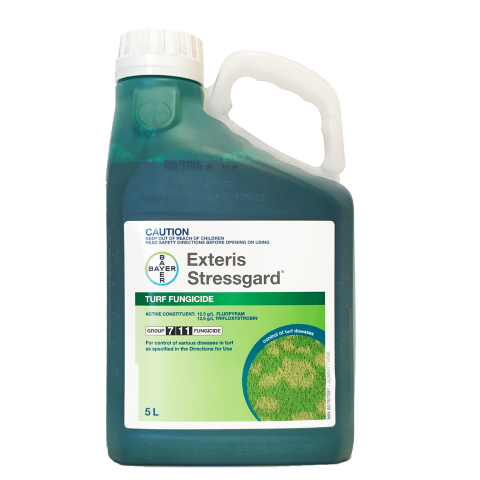
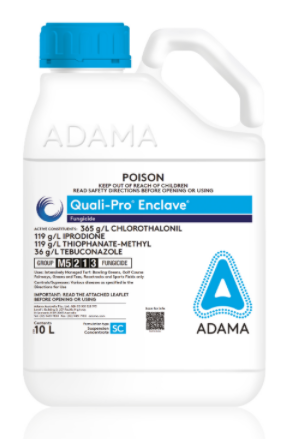
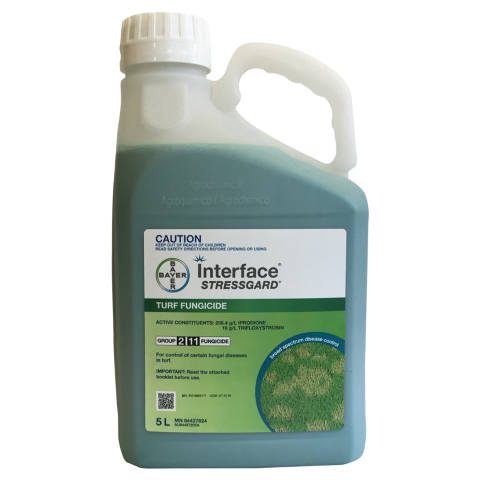

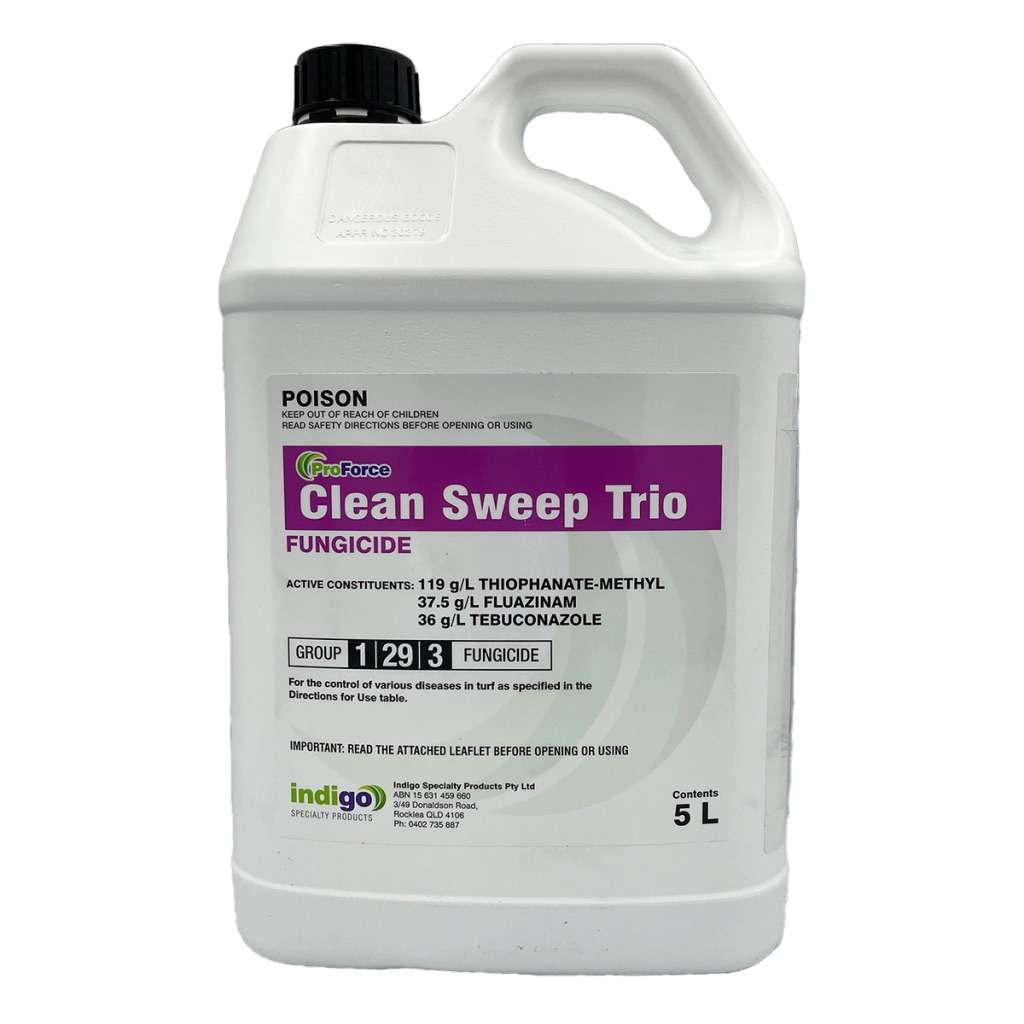

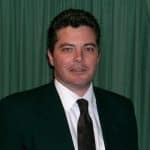
Jerry Spencer
Graduated from Newcastle University with an Hons Degree in Soil Science in 1988, Jerry then worked for the Sports Turf Research Institute (STRI) as a turf agronomist before emigrating to Australia in 1993.
He followed this by gaining a Grad Dip in Business Management from UTS. He has worked in a number of management roles for companies as diverse as Samsung Australia, Arthur Yates and Paton Fertilizers.
He has always had a strong affinity with the Australian sports turf industry and as a result he established Gilba Solutions as an independent sports turf consultancy in 1993. Jerry has written over 100 articles and two books on a wide range of topics such as Turf Pesticides and Nutrition which have been published in Australia and overseas.

